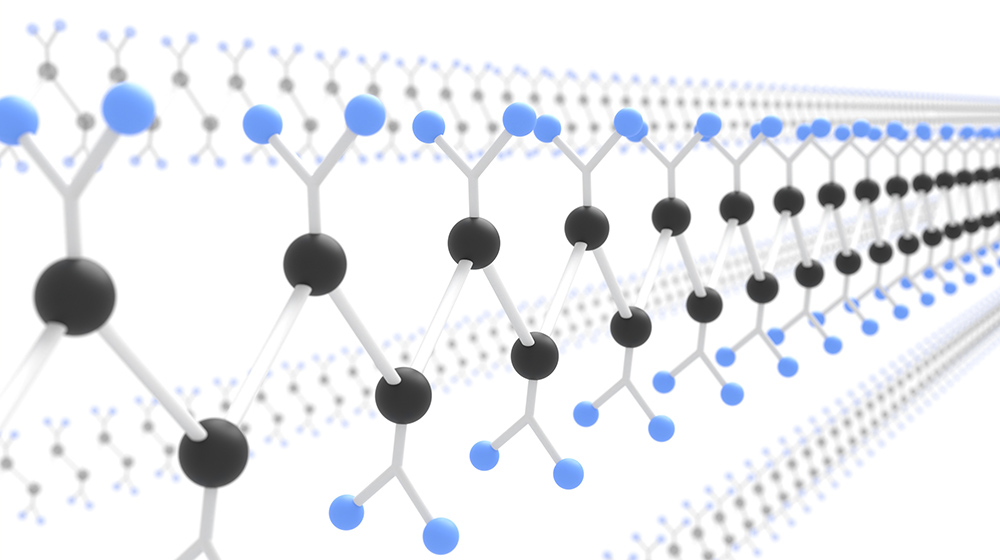C. Novel Polymerization Methodologies

Developing new synthetic methods has always been at the center stage of polymer chemistry. With novel synthetic methodologies, previously unattainable complex polymer structures can be accomplished to achieve new functions for new applications.
1. Controlled polymerizations:
Beyond RAFT radical chain-growth
RAFT (Reversible-Addition-Fragmentation chain-Transfer) polymerization is perhaps the most widely used controlled radical polymerizations. While most RAFT polymerizations have been limited to radical chain growth of vinyl monomers, we have discovered that the RAFT mechanism can also be utilized to control the cationic polymerization of electron-rich monomers (such as para-methoxy styrene). More recently, we further expanded the scope of RAFT polymerization to include step-growth polymers, which we coined as ‘RAFT step-growth polymerization’. This new radical-based step-growth polymerization opens a completely new area in polymer chemistry and enables the synthesis of novel polymers of complex structures and architectures.
Selected Publications:
-
J. Am. Chem. Soc. 2015, 137, 7580−7583. Link (photoredox, cationic polymerization controlled by methanol)
-
J. Am. Chem. Soc. 2021, 143, 15918–15923. Link (first report of RAFT step-growth)
-
Polym. Chem., 2022, 13, 6114. Link (photo-RAFT step-growth)
-
Chem. Commun., 2023, 59, 8168-8189. Link (an extensive review of RAFT step-growth)
2. Polymers for biomedical applications
Polymers have long been explored for biomedical applications. PEG is perhaps the most successful one. We are actively applying the new polymerization methodologies discovered in our lab to create new structures/architectures to address the outstanding challenges in biomedical fields. One such example is developing micelle forming copolymers that can transport and generate singlet oxygen, which can be used in photodynamic therapy for cancer treatment. More recently, we are exploring the polymer conjugate with protein/drugs for a variety of diseases. This is a fertile ground where new discoveries will emerge to address unmet needs in therapeutics.
Selected Publications:
-
J. Mater. Chem. B, 2019, 7, 1116-1123. Link (polymer, O2 carrier, photodynamic therapy)
